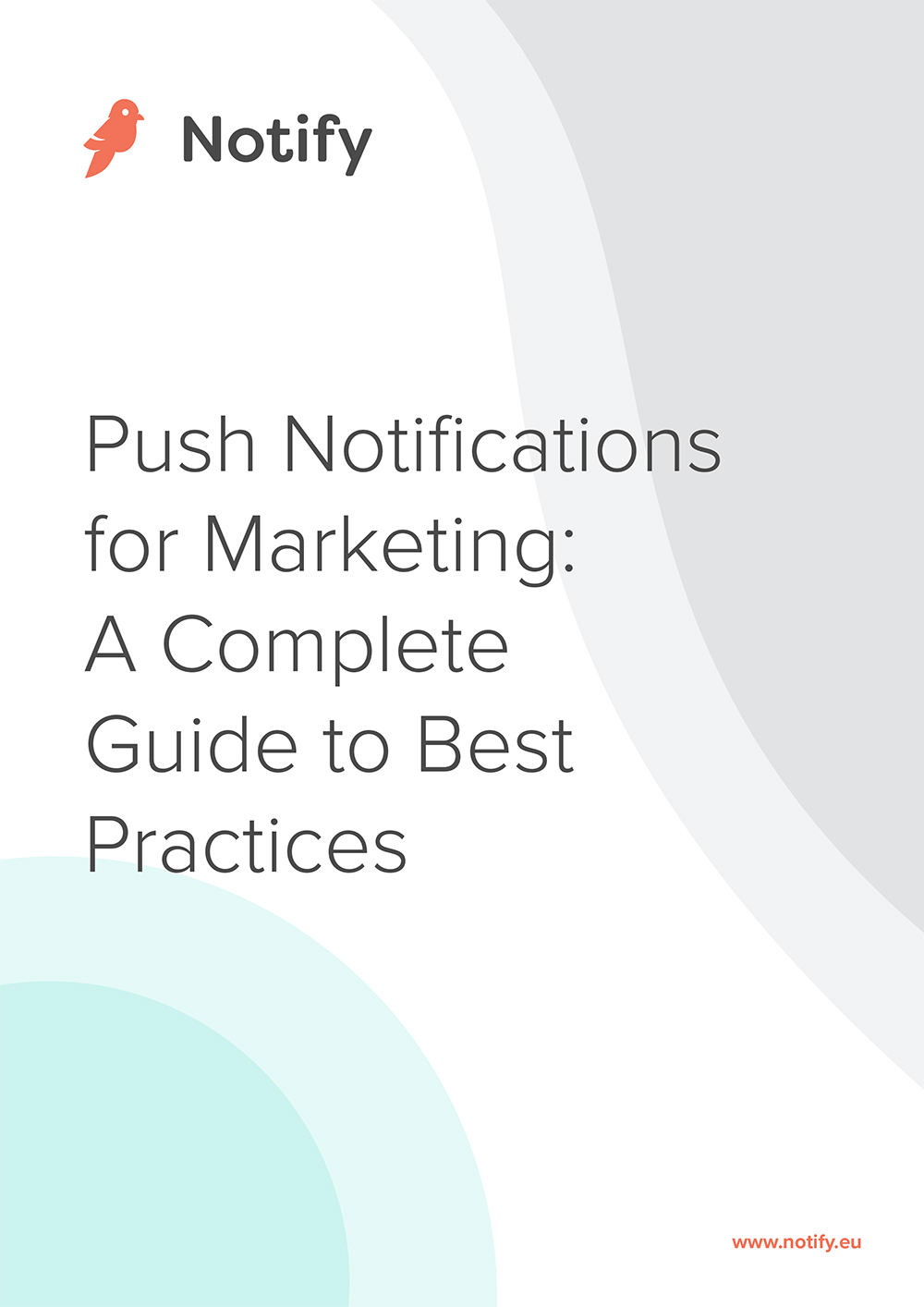Everybody wants to be addressed humanly, and when it comes to sending push notifications, your customers are no different. In fact, when sending any form of communication, personalisation should be a key element.
When we talk about personalisation, the modern definition goes beyond the First Name tag of an email. True personalisation means using the information you have about your customer to communicate a tailored, relevant and timely message. It’s already being used widely, with 85% of push notifications being segmented in 2017.
Audience segmentation
Segmentation is the tool that makes personalisation possible. Let’s say you have several thousand push notification subscribers. How can you make sense of who this audience is, so that your messages are always relevant? It’s time to understand the demographic makeup of your audience, what their interests are and what actions they’ve taken.
Here are some examples of the ways you can segment an audience:
Demographic
Demographics are the first layer of segmentation. If you hold any of the following details, it’s demographic data: gender, age, income, ethnicity and education. Demographics give you a clearer picture of who your customers are. Demographics may not necessarily change the communications you wish to send subscribers, but they do give you important information about who your audience is which can affect your communication strategy overall.
Geographic
If your subscribers come from different countries and time zones, you should ensure that any notifications go out at a suitable time according to where they live. If you don’t consider their timezone, you’ll likely find customers unsubscribing due to being bothered by receiving messages at inappropriate hours. You could also send local offers to subscribers from a particular region.
Behavioural
Push notifications have the ability to reach a large audience easily, but blasting your audience with messages isn’t generally a good idea. Especially if you’re sending blanket messages to unengaged subscribers. Behavioural triggers are powerful and allow you to send people the right message at the right time. If a customer visits your website and shows interest in a particular item or category of item and you’re capturing this information, you can use it to send them a timely message that offers a discount code for that item. It could be the trigger that gets them closer to making the purchase.
Device preference
Take a look at which devices your audience is using and when. You may find that they spend much of the day time at a computer and so sending messaging during the day to those who are subscribed to web push notifications is appealing.
You can segment users based on mobile notifications and create push notifications that are specifically mobile only. You’ll want to keep these messages short and snappy as they usually get truncated on the preview, so bear this in mind.
Segmentation and conversion
The purpose of personalisation is to make your customers feel like they’re being spoken to on an individual level. It’s about being authentic, relevant and showing up at the right time. Inevitably, segmentation and personalisation will lead to higher conversion rates. By focusing on user data, you’ll see that customers are not the same. They’re a diverse group of people with different preferences and reasons for subscribing to your messages, which should be taken into account when you send them notifications.
Some customers may be bargain hunters who only visit your site during a sale, another group may display interest in a specific type of product you sell. Understanding this and sending personalised messages based on these preferences, put you ahead of the pack.
Simply put, 91% of consumers are more likely to shop with brands who provide relevant offers and recommendations. The success of any marketing strategy largely depends on how well each user’s preferences are taken into account. Using segmentation effectively will result in the personalisation your customers want and expect.
Want to know more about push? Read our blog on the best notification best practices.
How to use push notifications?
We explore the possibilities with marketing push notifications and how you can use them to drive engagement and increase revenue.
